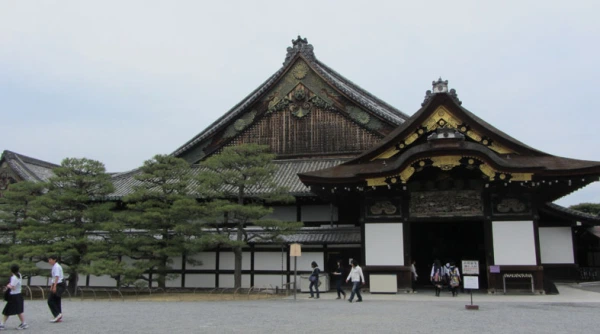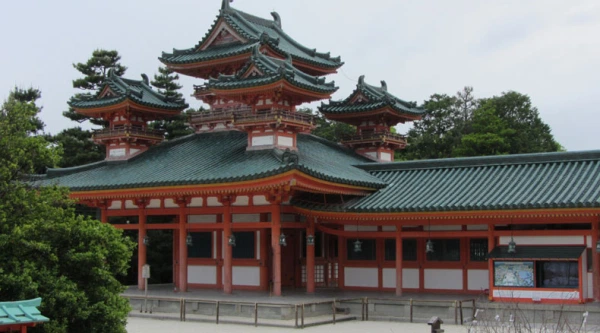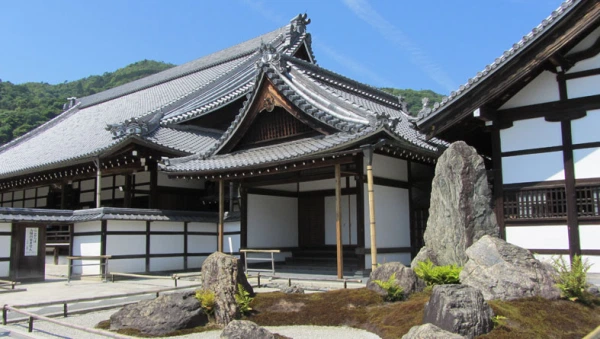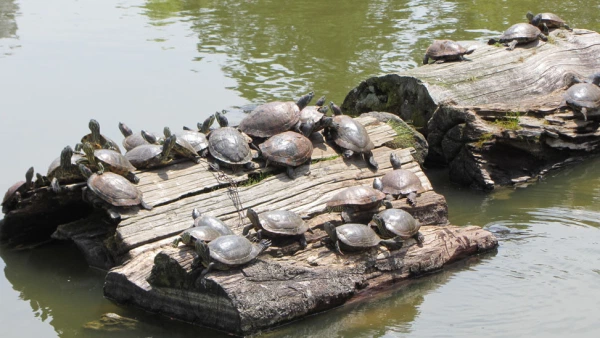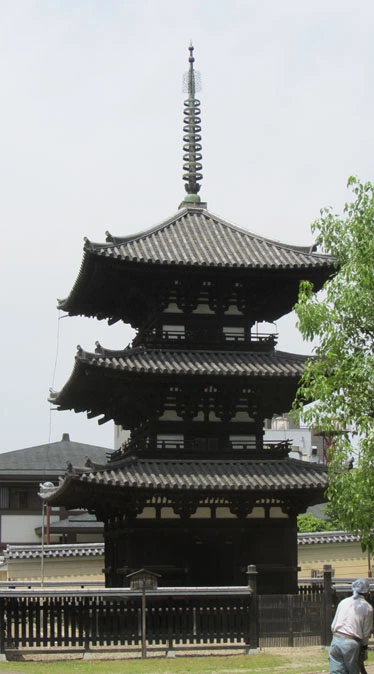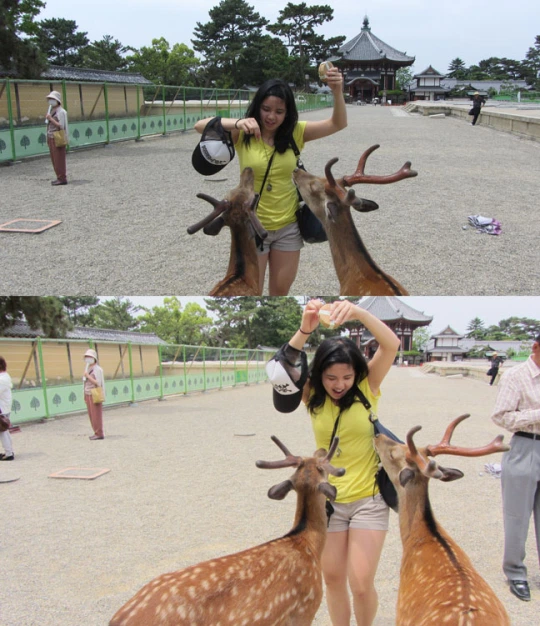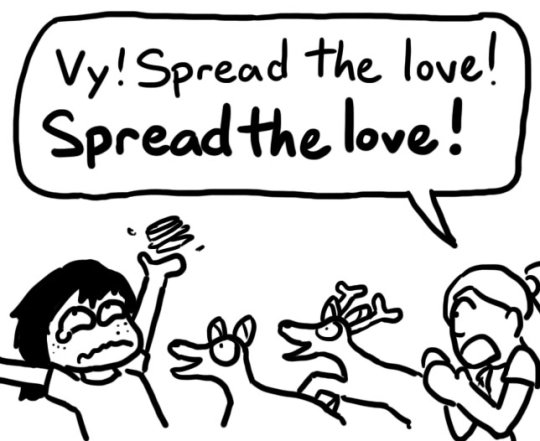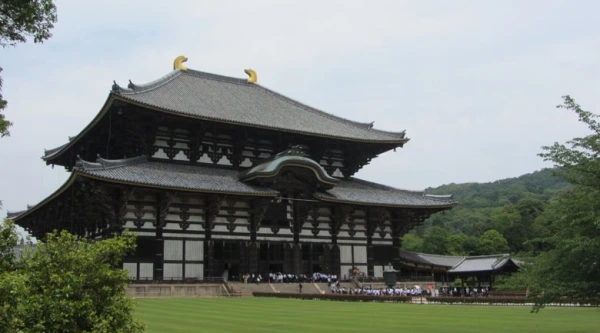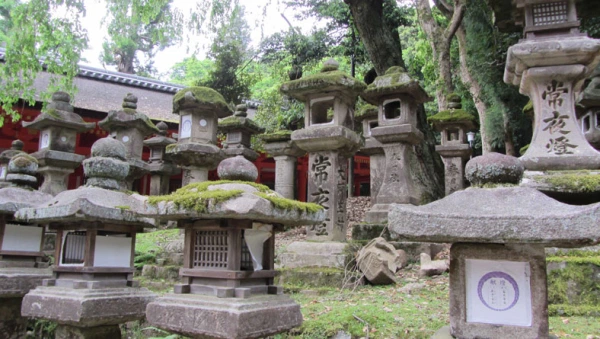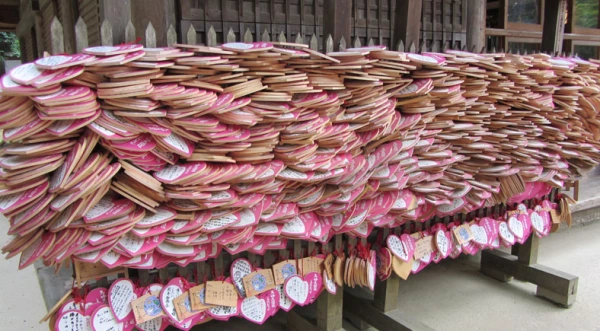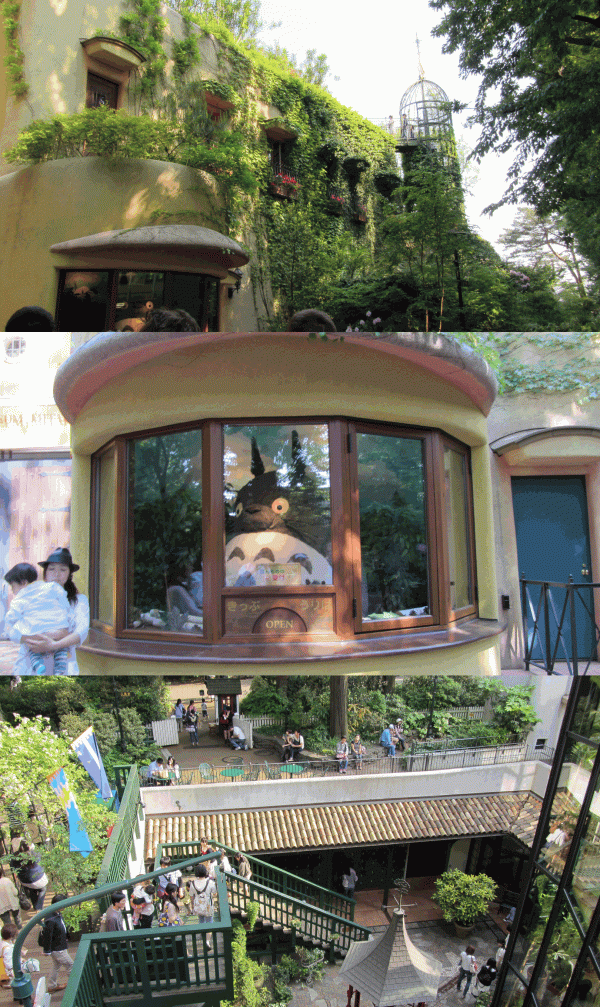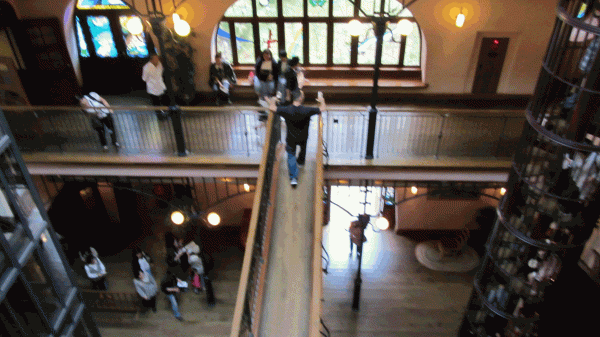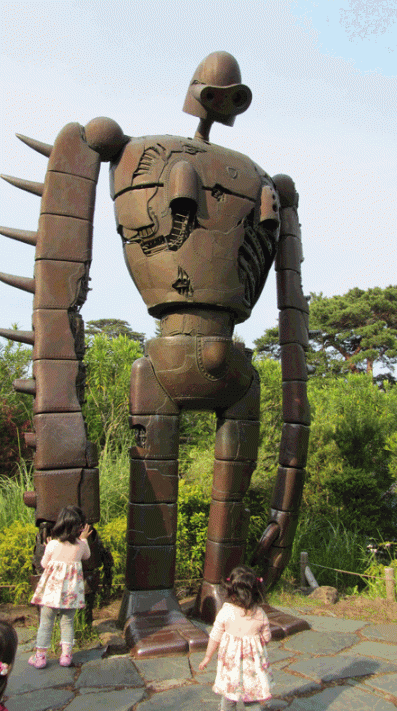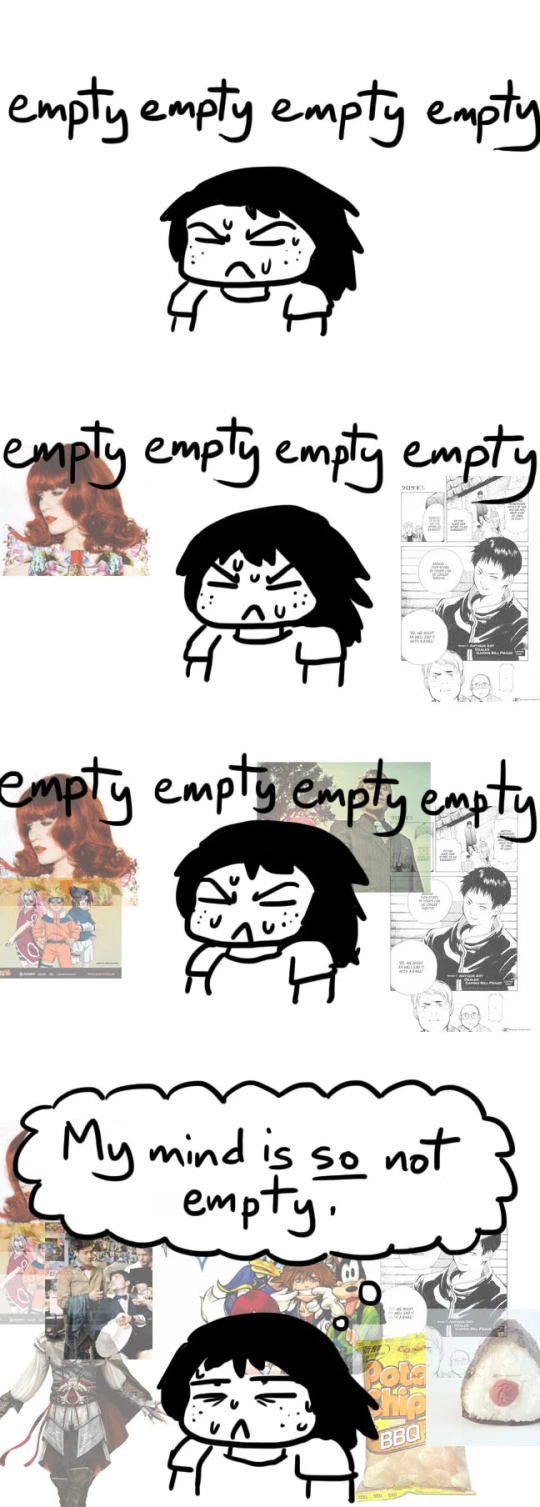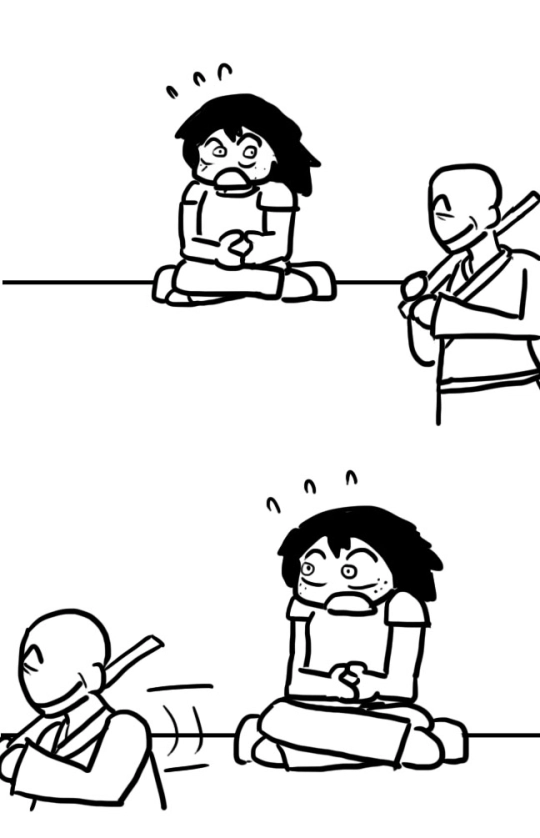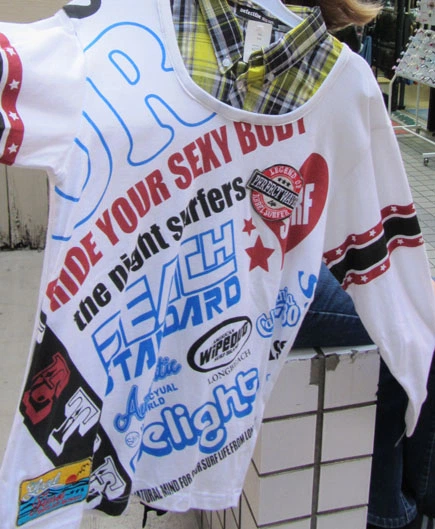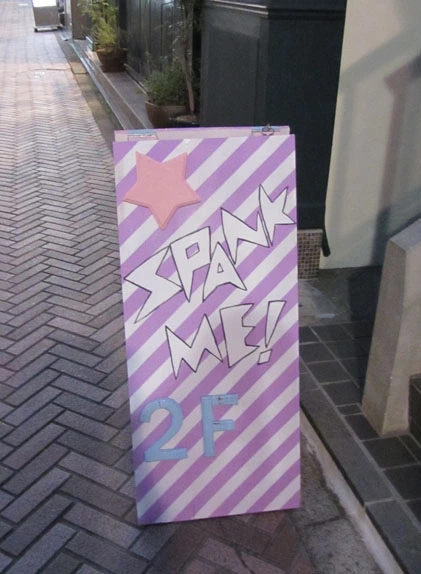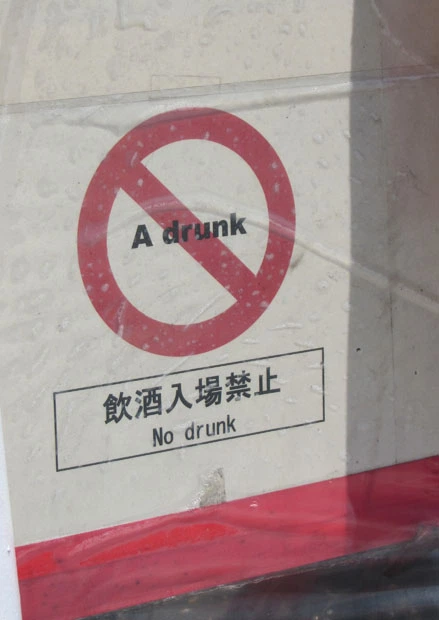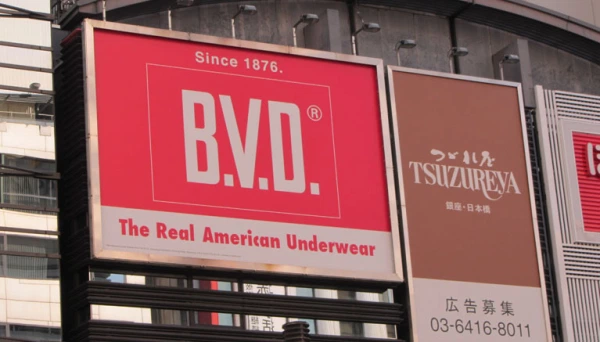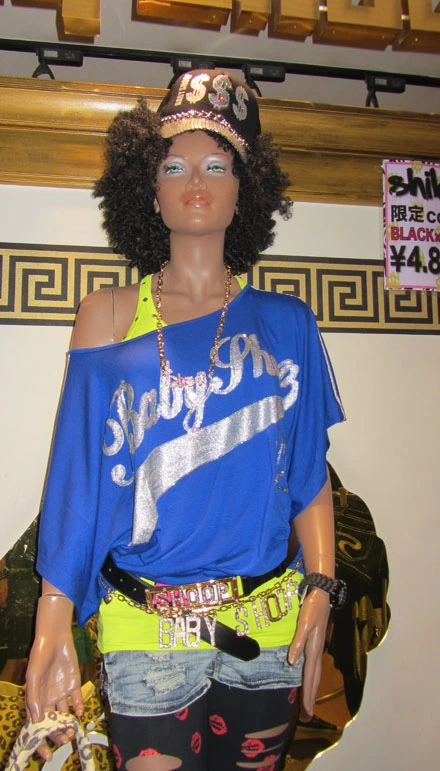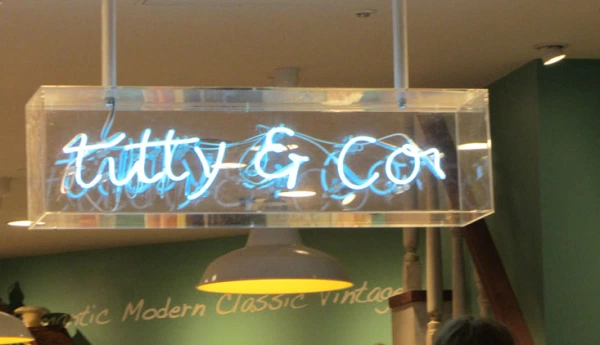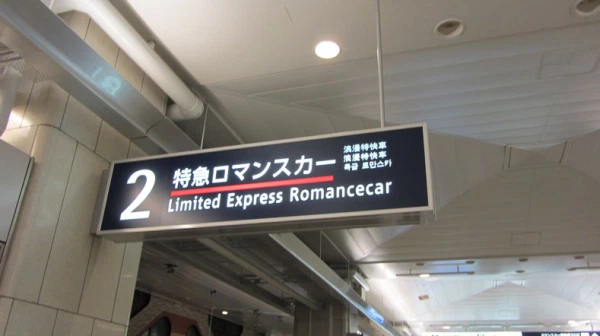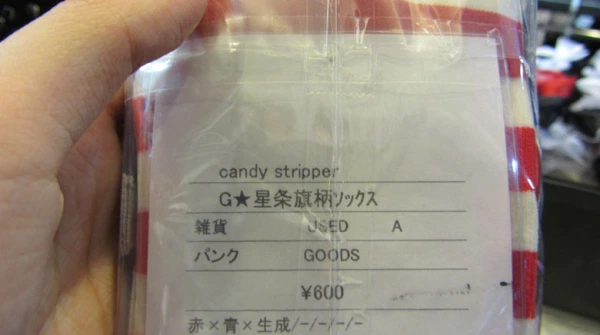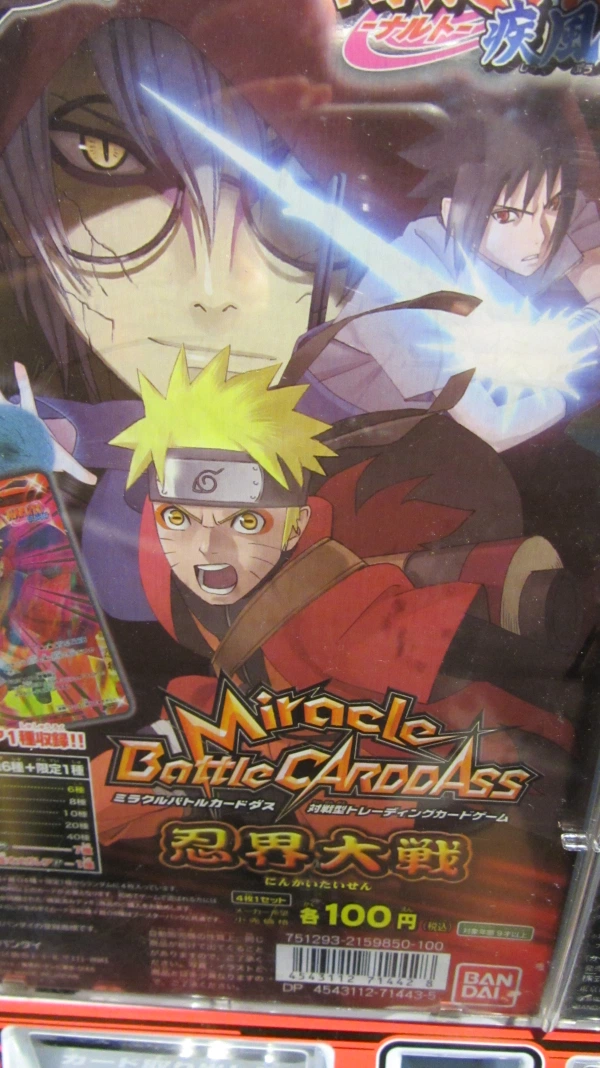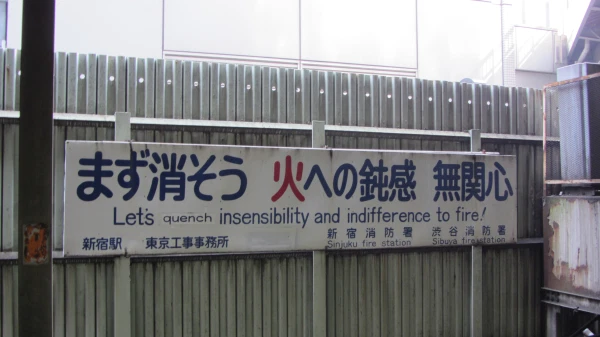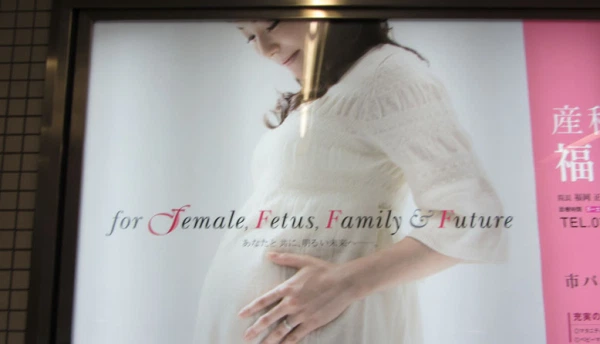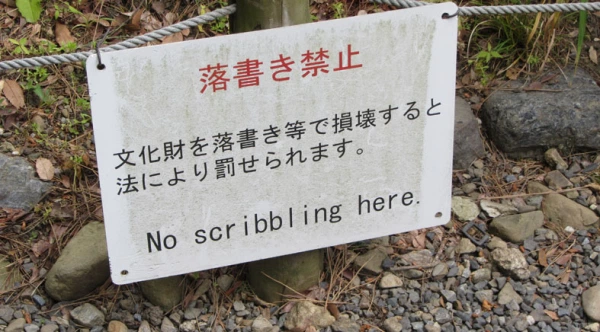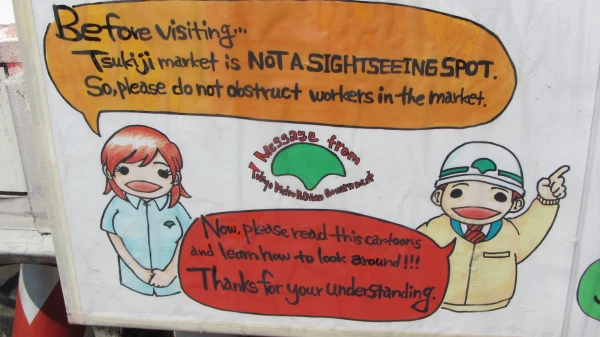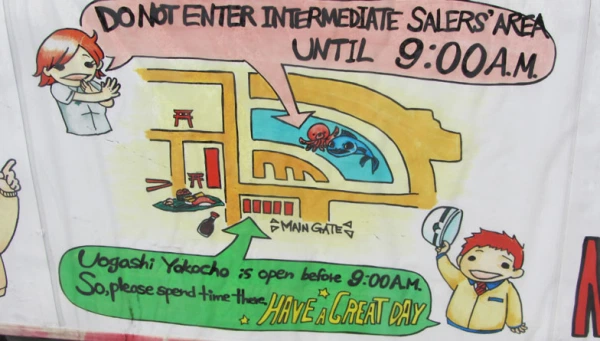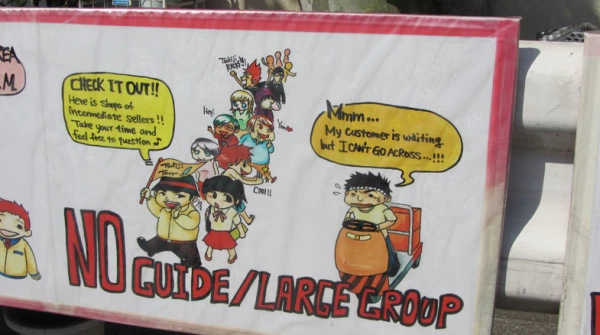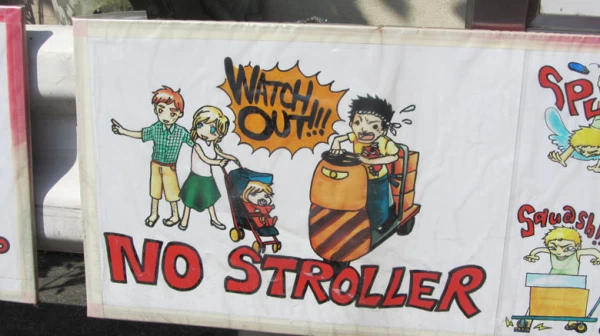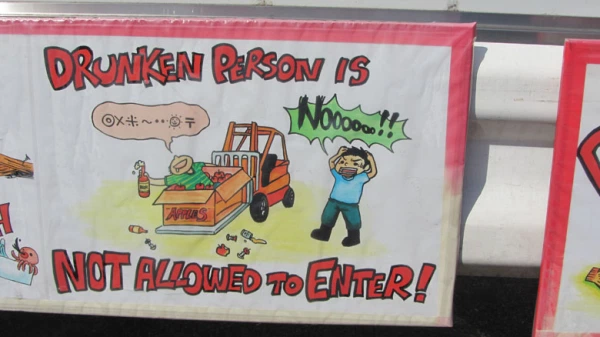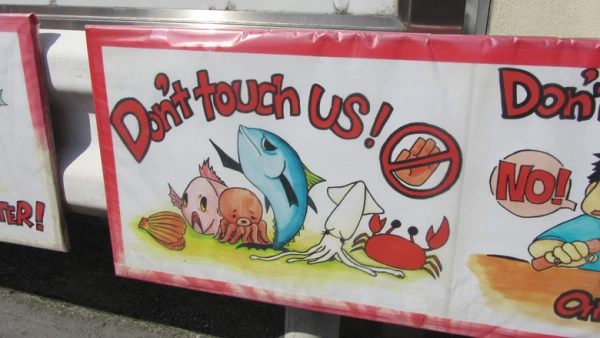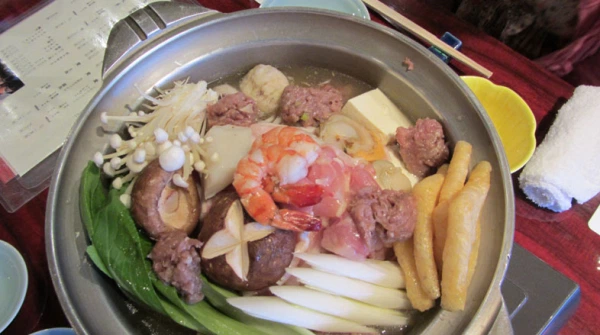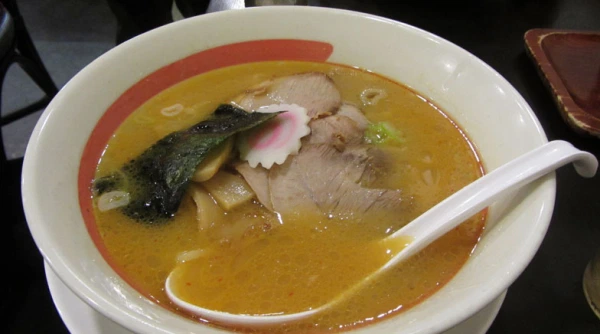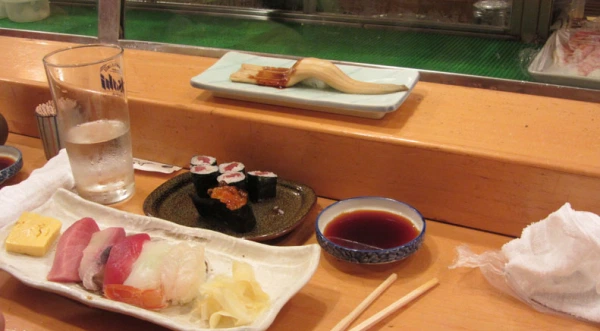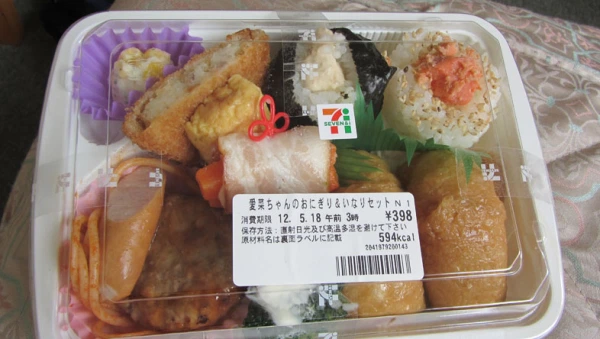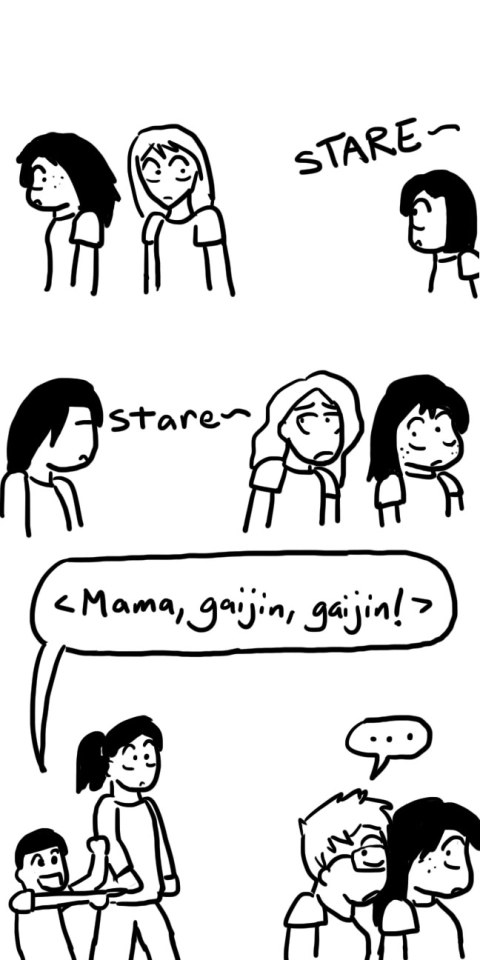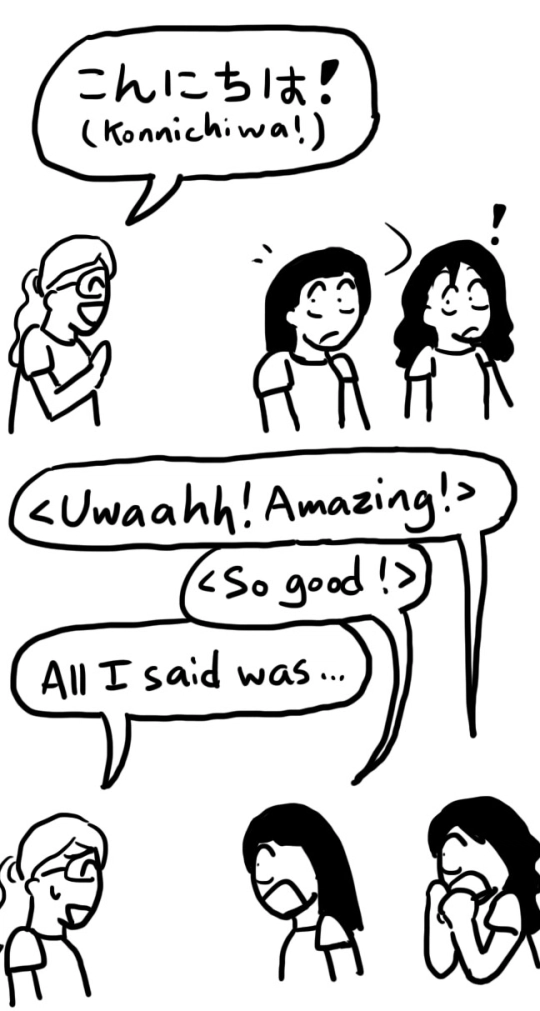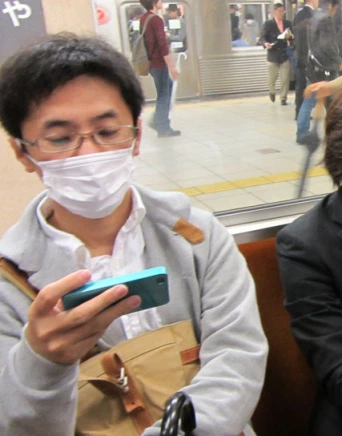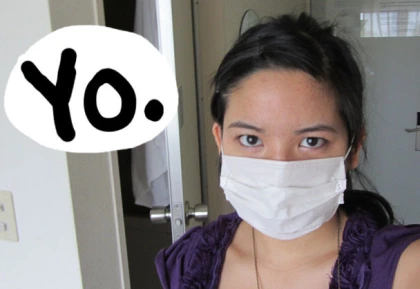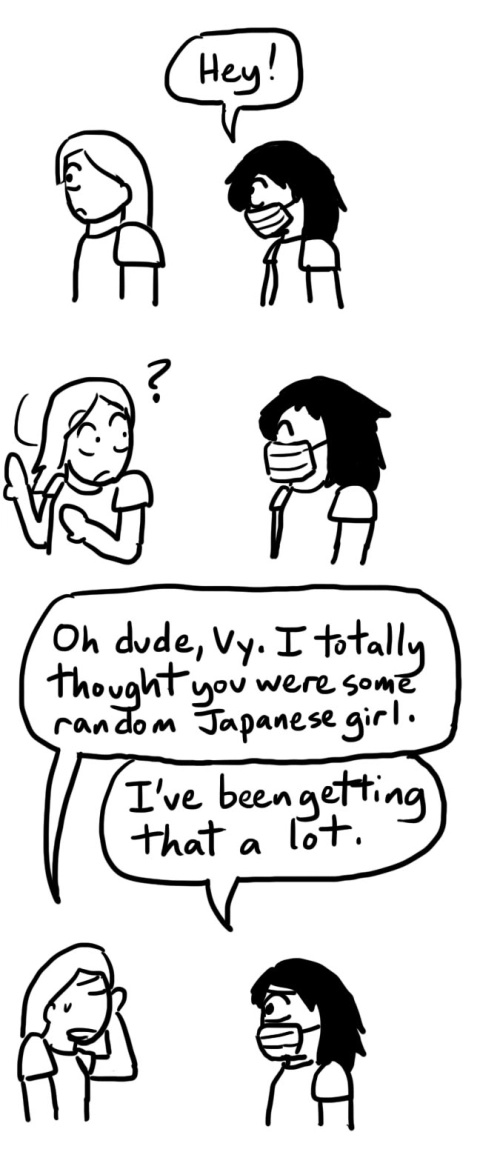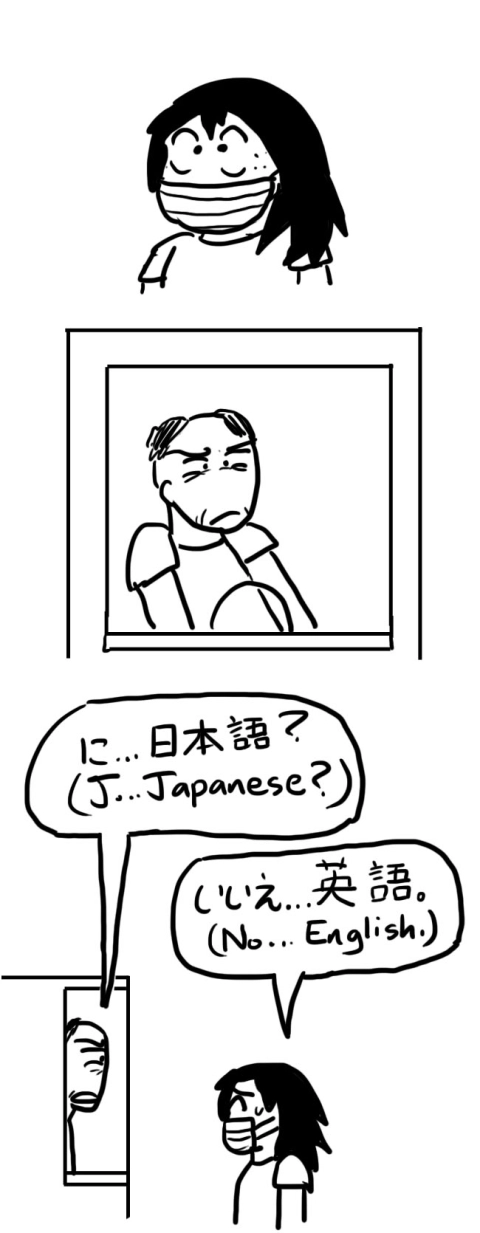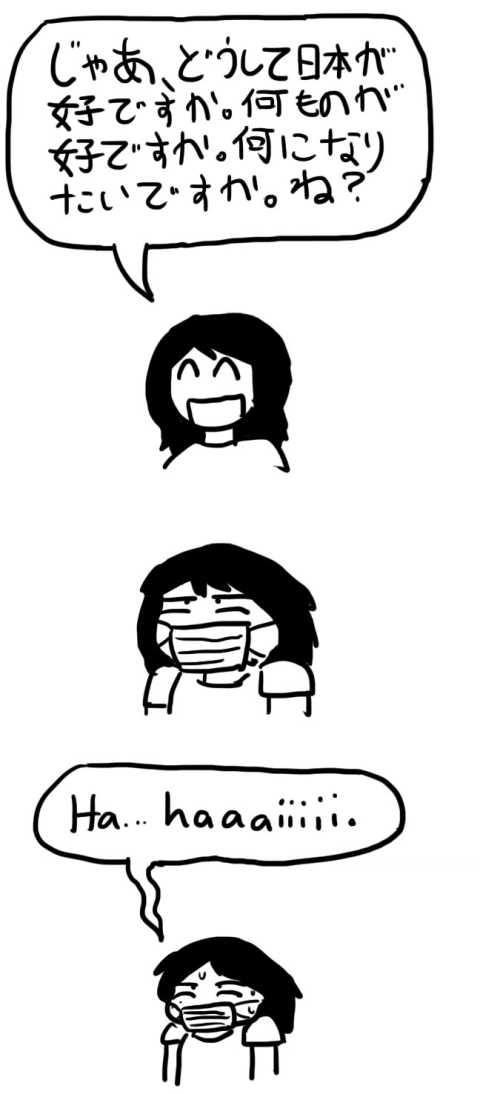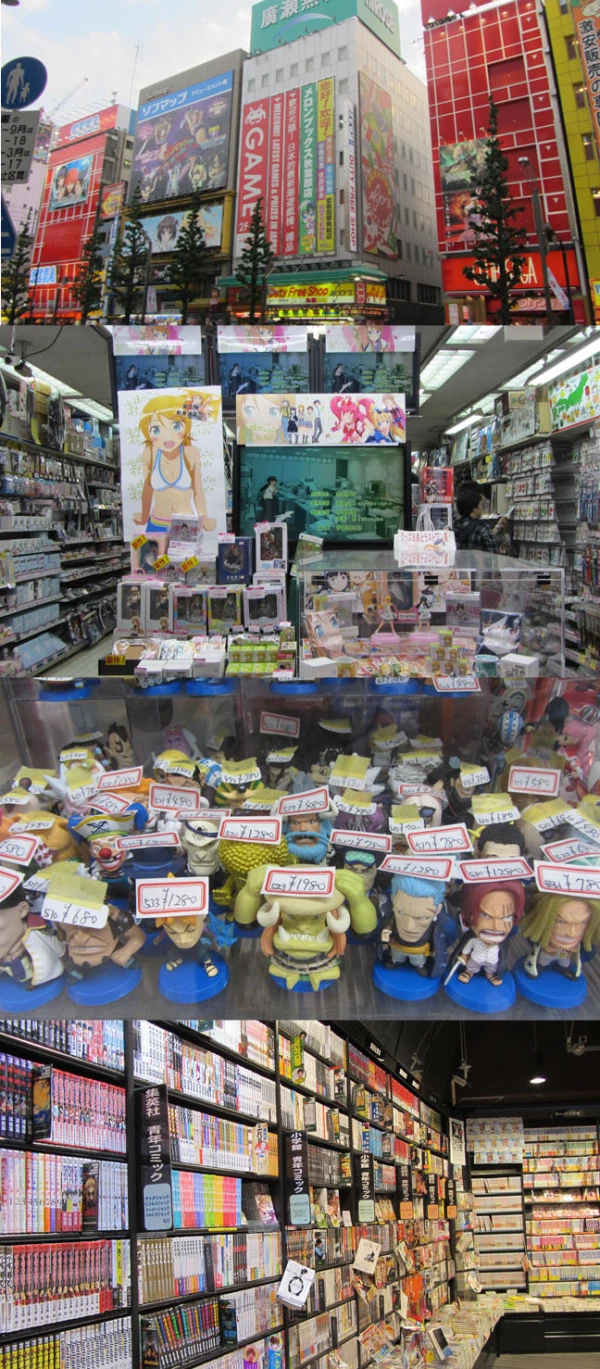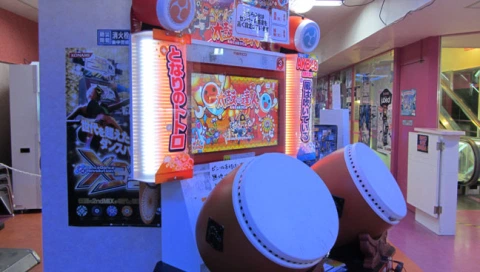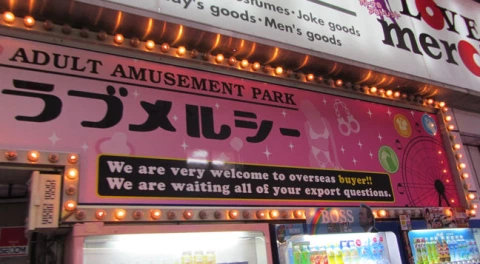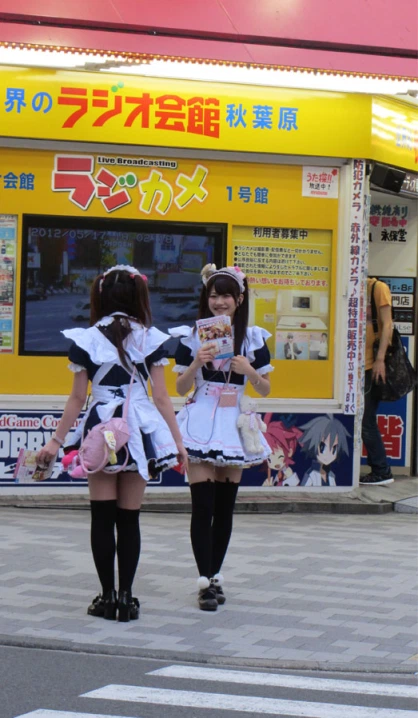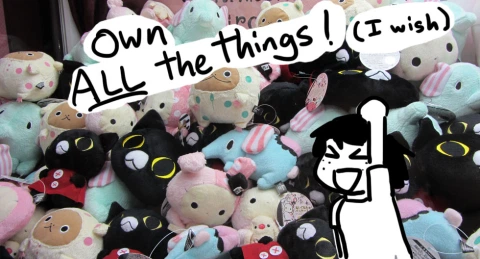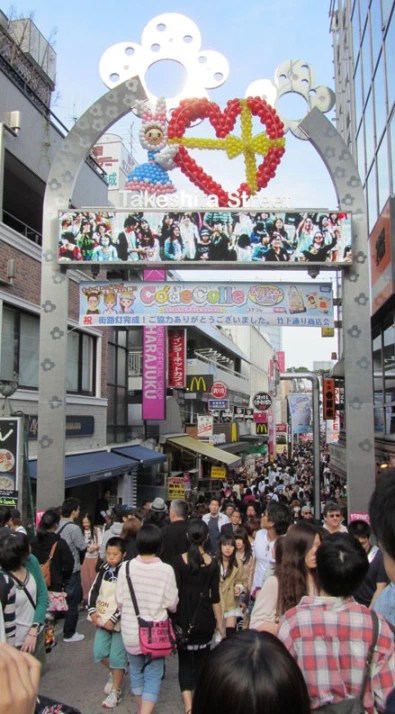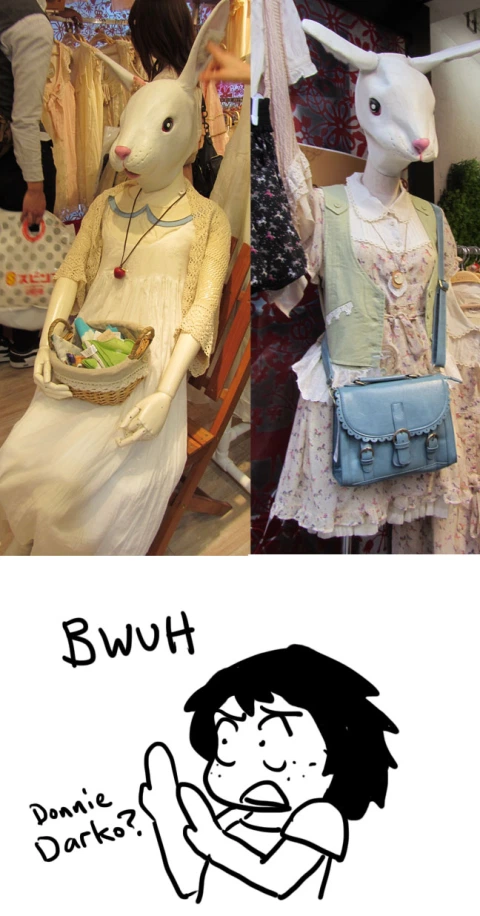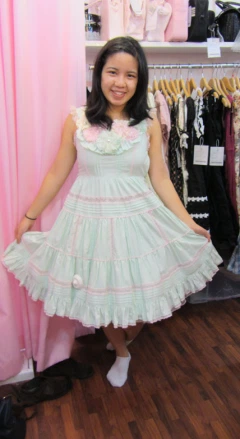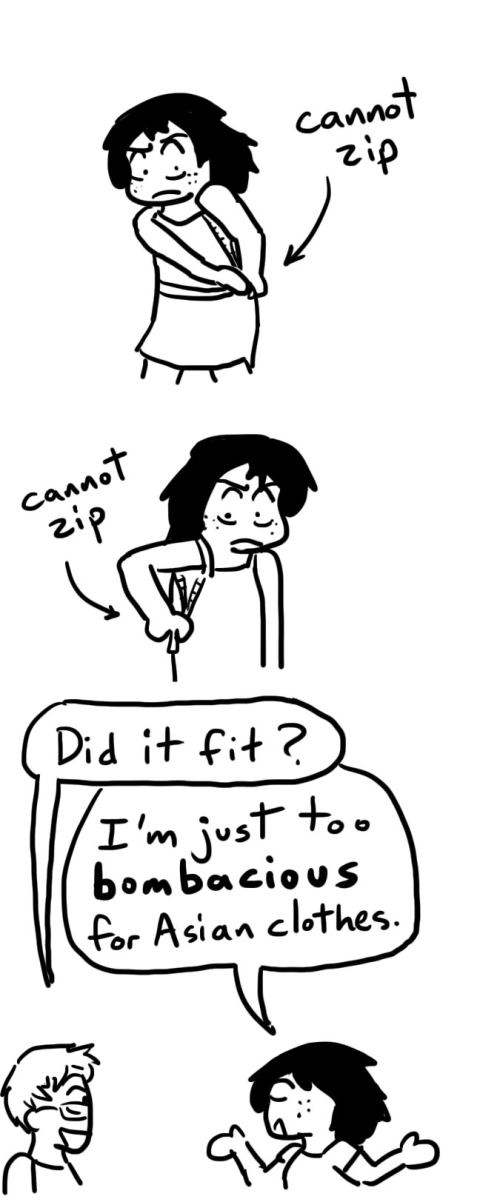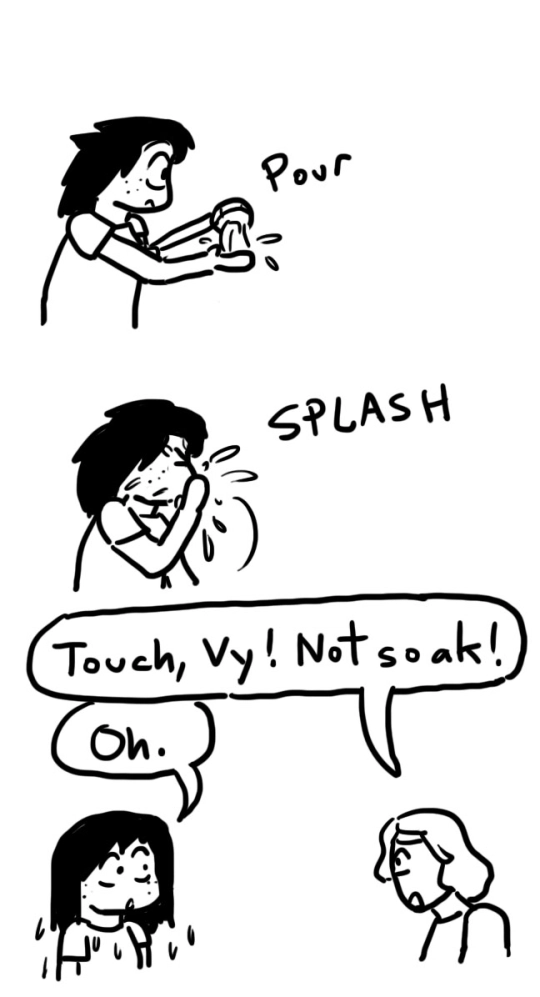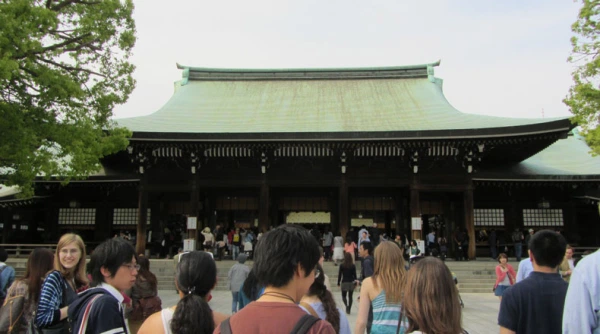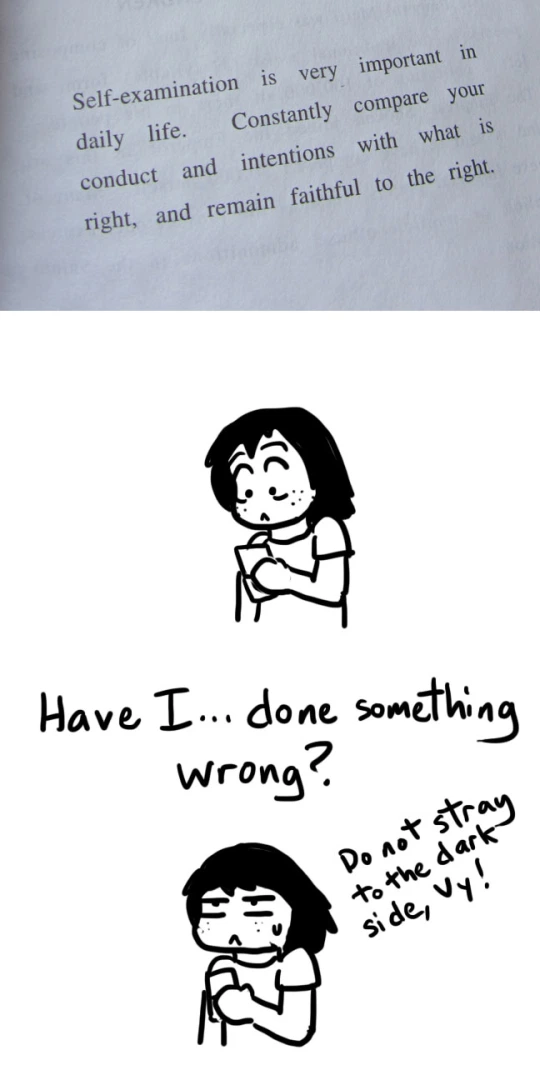Temples are to Kyoto as castles are to Germany. They’re everywhere. Big and small, seemingly around street corner, you’ll find a temple in Kyoto. Needless to say, while my group was in Kyoto, we ran around endlessly visiting tons and tons of temples and shrines.
On our last day in Kyoto, my group actually had half the day free. But instead of going home and sleeping as we all desperately needed to do, we opted to visit yet another temple.
Hey. Might as well keep the streak going.
The Kiyomizu-dera (清水寺, literally clear water temple) is a temple literally built into a mountainside, a little ways up from the city itself. As a result, the temple offers amazing views of the city, which are especially popular during the cherry blossom season and autumn. Still, visitors flock to Kiyomizu-dera at all times of the year. Three other students and I decided to join the fray.
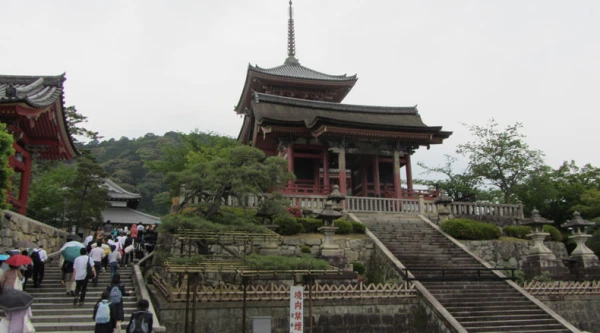
Kiyomizu-dera is definitely a tourist attraction, and we could tell. The street leading up to the temple was lined with stores selling everything from sweets to food to fans to the area’s famous Kiyomizu-yaki pottery.
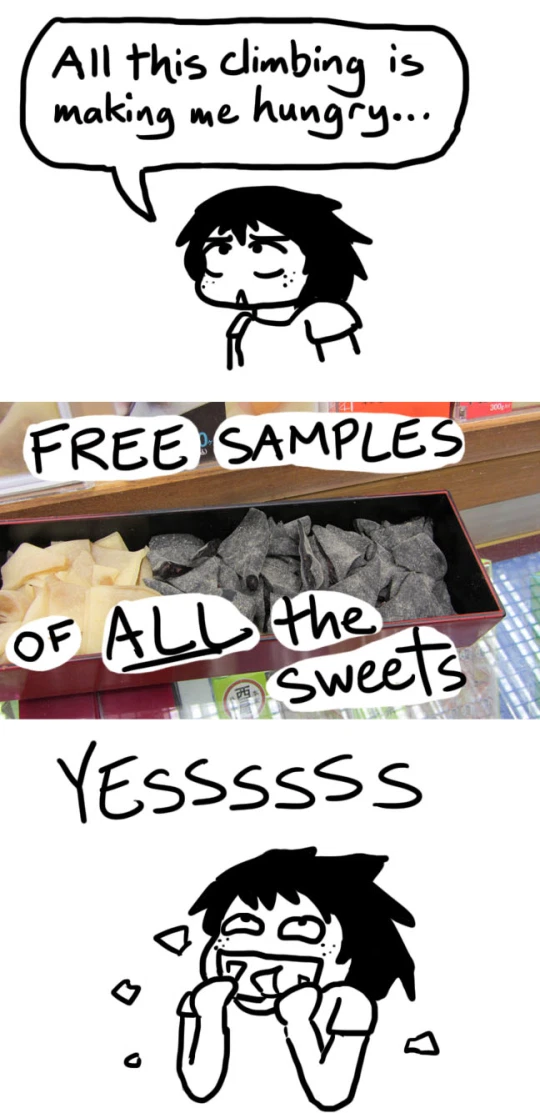
The Kiyomizu-dera was as awesome as rumored. It was raining by the time we got there, but the view was still incredible:
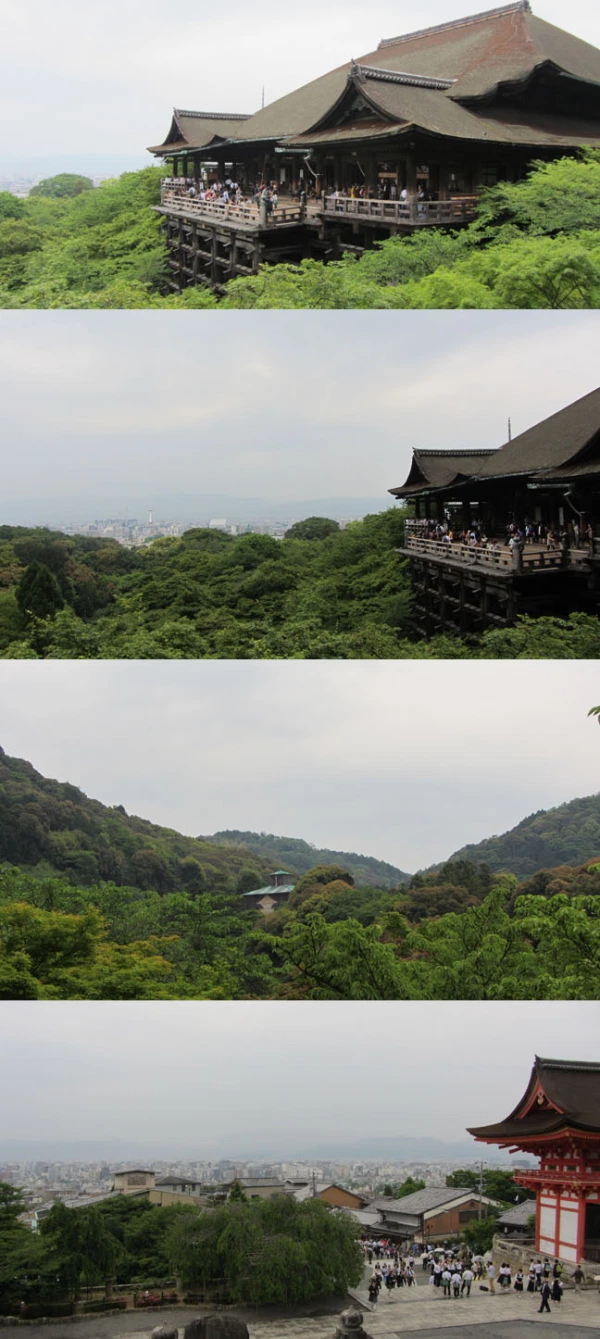
And it turns out that the Kiyomizu-dera was not the only shrine there. My group stopped by the Jishu Shrine, devoted to the god of love and matchmaking.
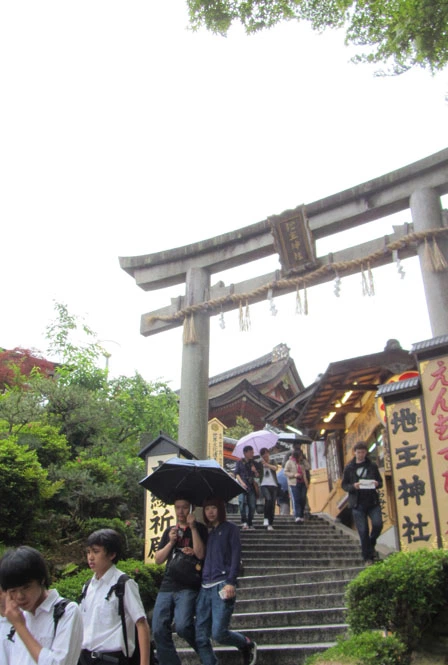
The most famous attractions at the Jishu Shrine are the love stones. These two stones are placed about 20 feet apart. It is rumored that if one can walk safely, with their eyes closed, from one stone to the other, the person will soon find true love. If assistance is given, however, a go-between will be needed. Thus the area was crowded with schoolgirls trying to find their love:

And of course I had to try it as well.

I walked forward, bumping into the dozens and dozens of people swarming the shrine…

I’m rather unbalanced, so I walked slowly. Very slowly. To the point where people started becoming impatient…
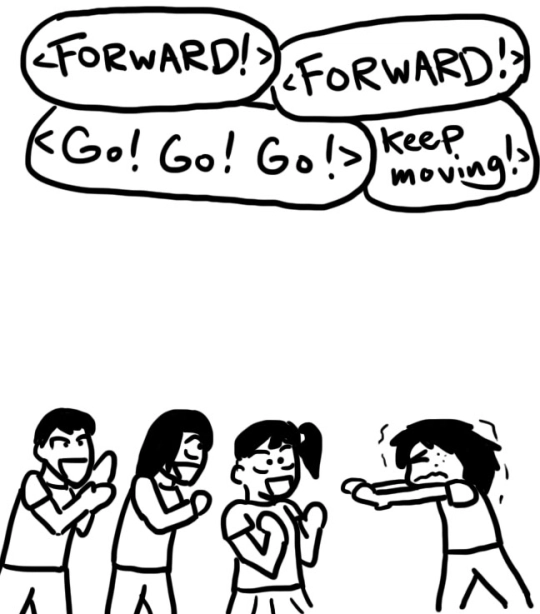
And then I started going off track…

I reached out with my hands, frantically searching. And then… finally…
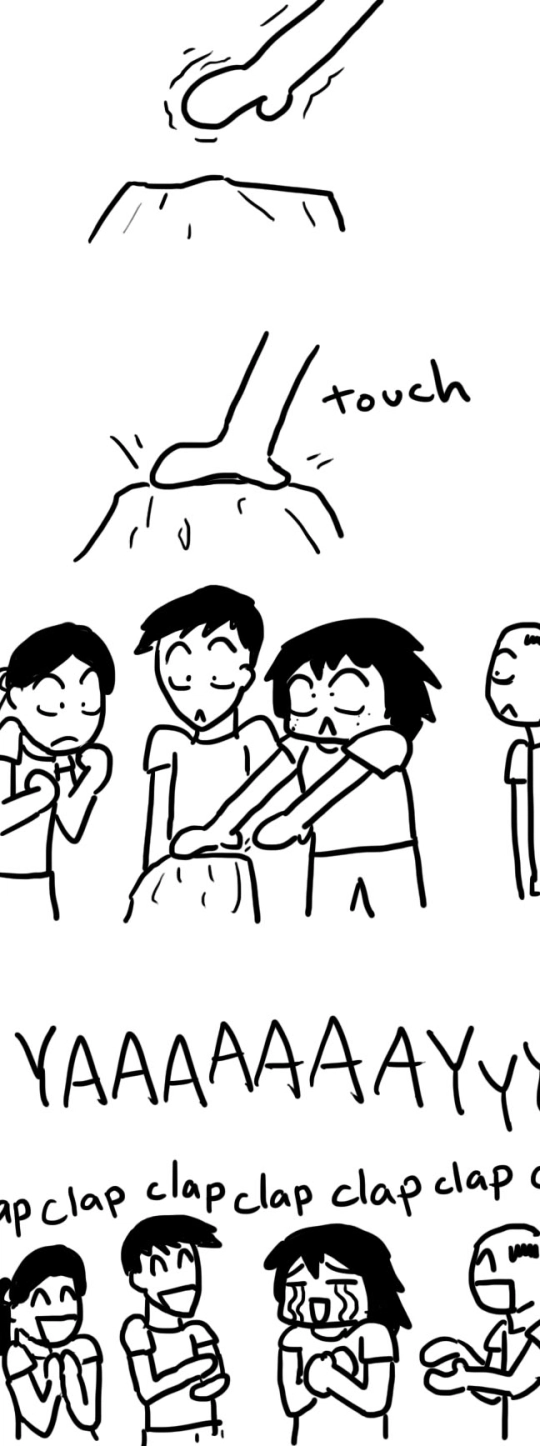
Apparently, I will find my true love—but only with the assistance of, oh, a dozen or so people. Figures.
Still, Kiyomizu-dera was gorgeous. The temple was full of shops selling charms and fortunes. There were numerous shrines to make an offering at (usually spare change) to make a wish for the gods. Kiyomizu also features the famous Otowa waterfall, which is divided into three streams for visitors to drink from. Drinking the water also apparently grants your wishes.
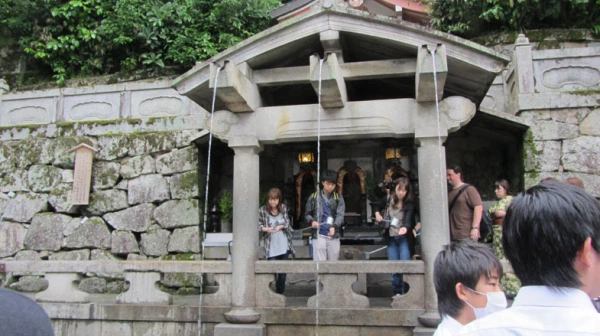
These temples are just full of superstition. But, hey. I might need twelve people to find my true love—but I will find it in the end, right?

